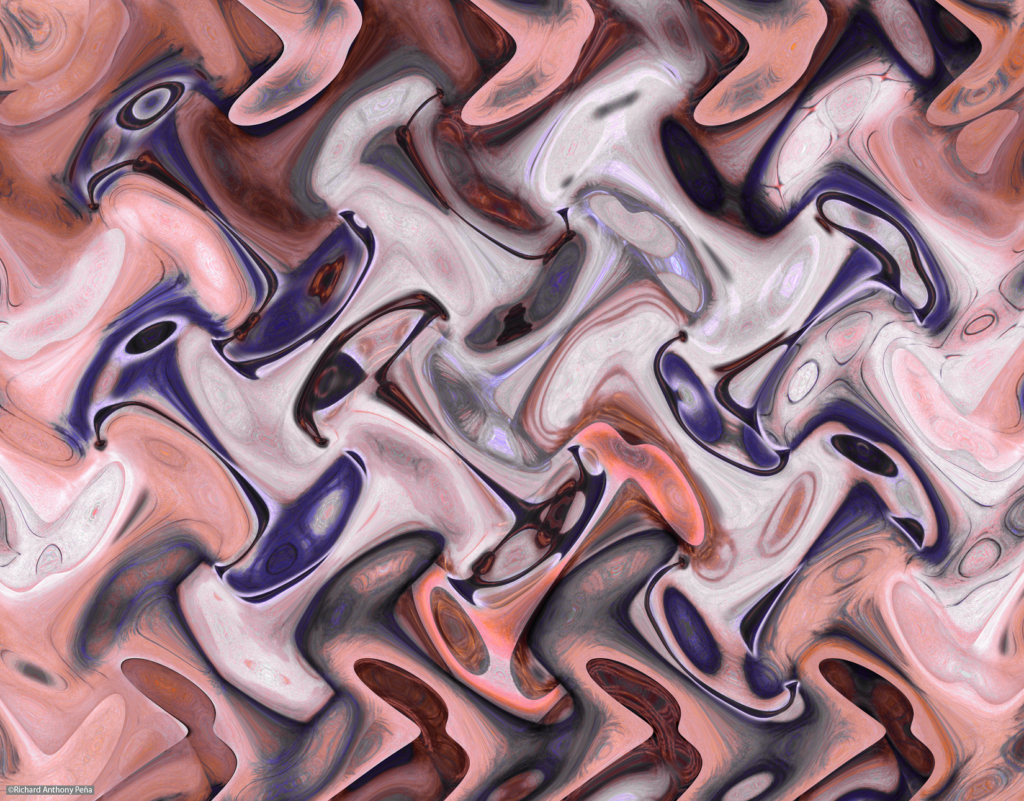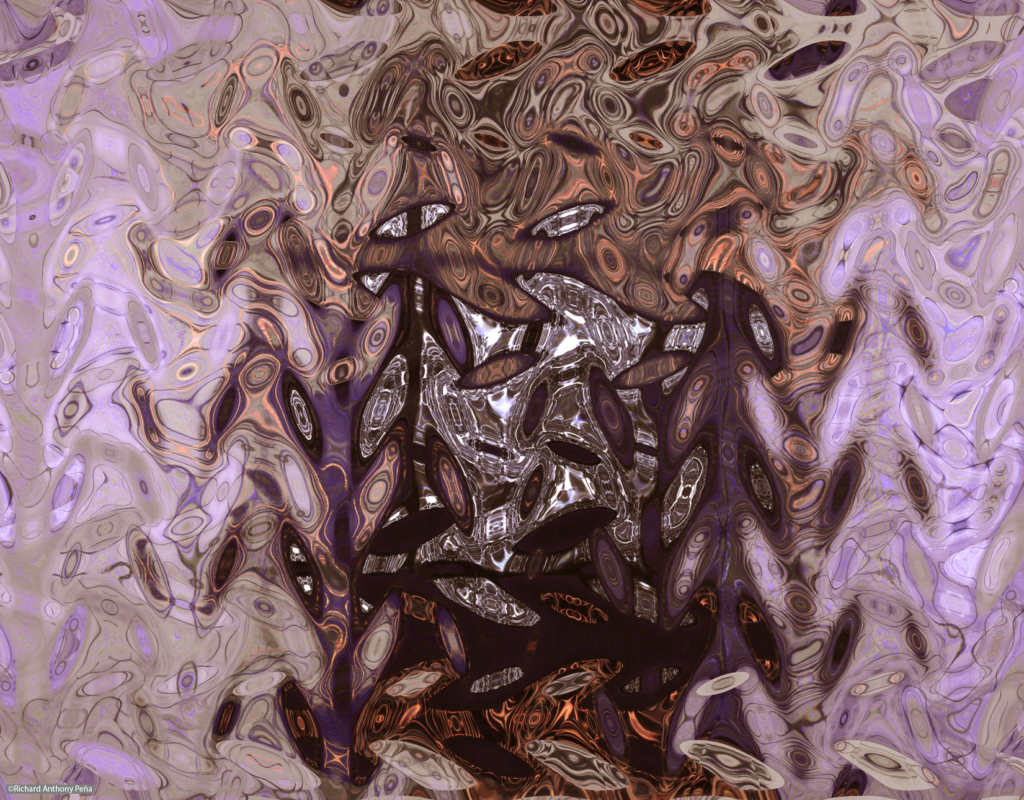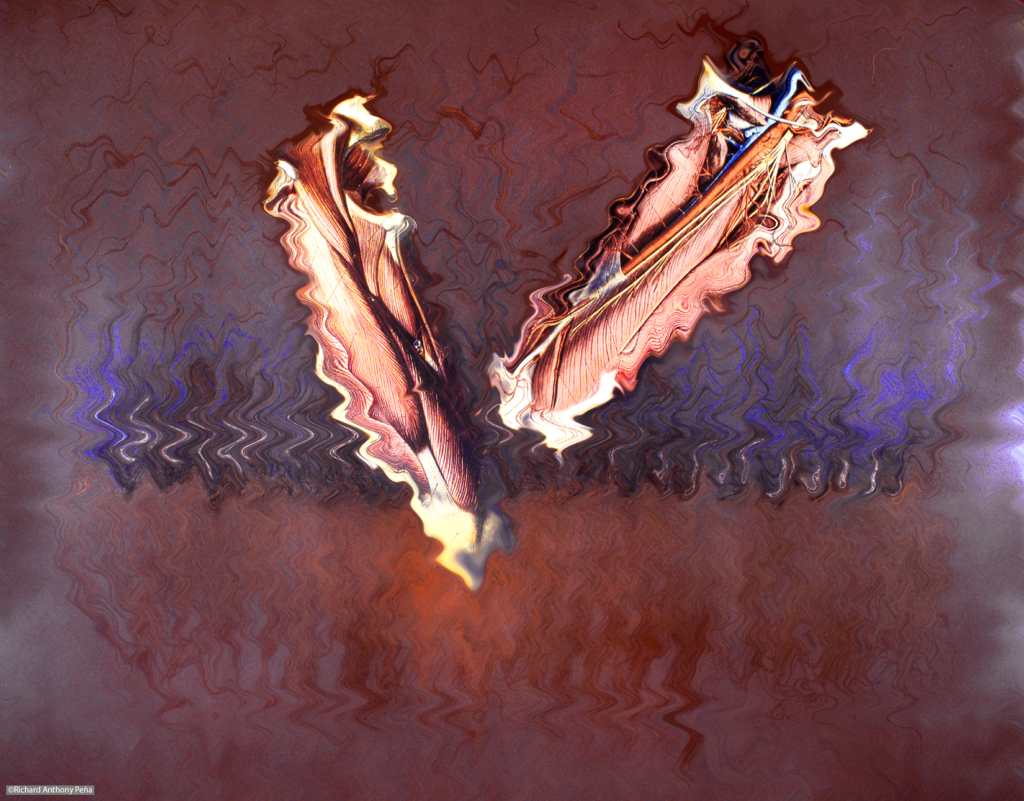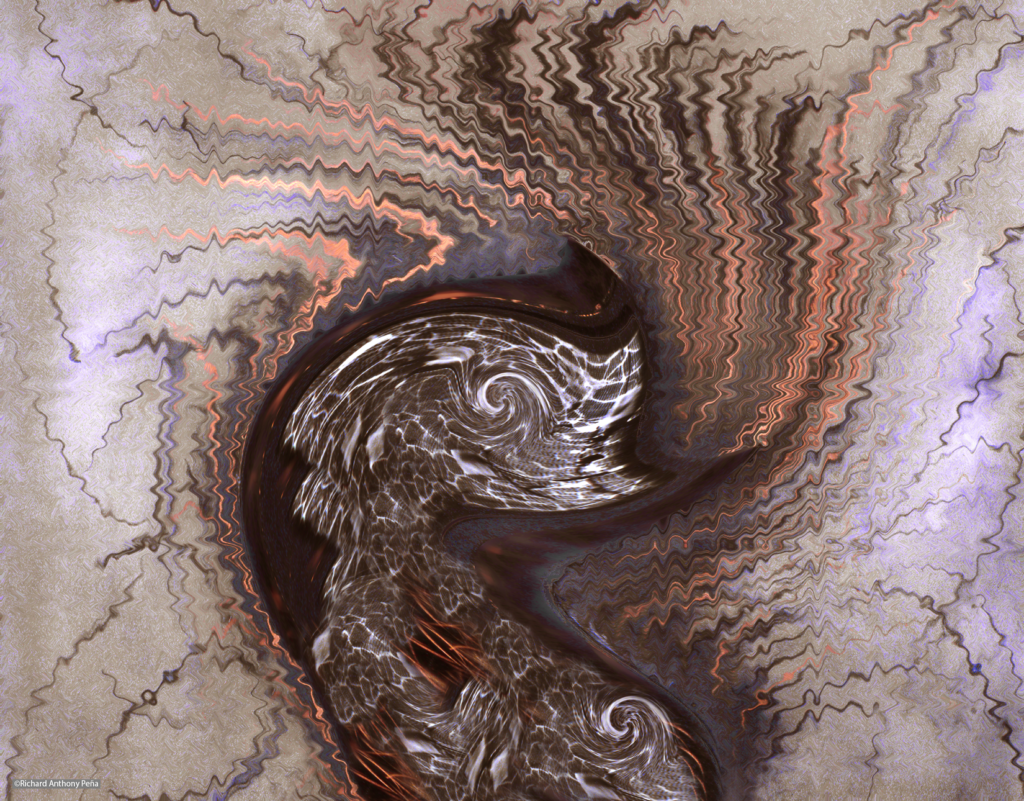Arestor looked down at his newly born son with wonder and fatherly pride, for his newborn son was beyond the size of any human baby imaginable. Arestor wiped all the tears from his son’s crying eyes, all one hundred of them, and decreed to all, from here forth; my son will be called Argus Panoptes. Hear me now; he shall be the greatest watchman of all Argos and for all ages.
Panoptes comes from Greek mythology and translates to “all-seeing.” Argus Panoptes was born with not two eyes but a hundred eyes. Panoptes was a great watchman and observer of all things, as in that some of his eyes would close to sleep while the other eyes would always remain open, awake, watching, observing, and always seeing. He was the watchful brother of his sister, the nymph Io, and the servant of Hera, the wife of Zeus. In the end, he is a victim of Hermes’s deadly trickery. To commemorate her faithful watchman, Hera had a hundred eyes of Argus Panoptes preserved forever in a peacock’s tail.
The English philosopher and social theorist Jeremy Bentham, in the late 18th century, conceived of an architectural design, Panopticon. The name of the architectural design is about Panoptes of Greek mythology. The design allows a single watchman to observe occupants of an institution without the occupants telling whether or not they are being watched. Although it is impossible for a single watchman to observe all the occupants at once, it did establish influential social behaviorism that all the occupants acted as they were being watched at all times. In essence, the occupants constantly controlled their behavior within the environment.
The symmetrical notion of the observer and the observed has long been an idea of antiquity but more ever so relevant in the digital age and modern life. Almost every human interaction with digital technology requires some level of authentication of either one’s surrogate identity or demographic identity. Whether billing accounts, social media, credit cards, or mobile devices, we live in a constant ebb and flow of “to authenticate” or “to be authorized.” Welcome to the Digital Panopticon, my friends; leave your libertarian credentials behind, your manila folders of John Q. PUBLIC and Jane Q. PUBLIC is now a binary data set.
The benefits and convenience of the Digital Panopticon are indeed addicting and necessary to participate in the modern digital world. Still, there is a price to be paid, which is the currency of your privacy. Never mind being worried about being physically chipped, a soft chip will do, and it is mostly under control with watchful eyes. Your surrogate information is tracked, and in some cases, your demographic identity will be stored in secured databases.
So, it should come as no surprise that mass-media analytics are the most successful purveyor of demographics and market data, first with the advent of newspapers, radio, television, the internet, and now the digital age. The old economy was ZIP code demographic analytics, but today it includes Nielsen digital-on-line analytics in defining who you are in demographic terms, real-time, GPS, and worldwide.
Perhaps the most intrusive but legitimate Panoptes of mass-privacy are Facebook, Google, Twitter, and the makers of smart devices. Every aspect of these Panoptes seek, observe, and measure who you are by your habitual online disposition. Although big social media are legitimate, they are prone to manipulation by third parties with nefarious intentions. Would you mind reading their privacy and data policies? Then, of course, there is the other kind of Panoptes to beware of, in that their nature can be illegitimate, cowardly, political, and socially nefarious. With a criminal disposition targeted towards disrupting the privacy and integrity of individuals’ ability to authenticate their true identity within the bureaucratic state, enterprises, and institutions, in other words, hacked.
Sometimes illegitimate and nefarious entities use hundreds of eyes or bots to see and crawl throughout the Web sphere to target their disruptive end to privacy and individual freedoms. Such is the hidden and veiled darkness of the worldwide web. Along with the cover of darkness, Tor ‘onion router’ networks are sometimes used by sophisticated intelligence, state, political, organized crime, and hackers to avoid electronic traffic fingerprinting and the transparency of their electronic identity.
It is also necessary for segments of the global populations living under repressive regimes to use Tor networks to conceal their web privacy from electronic surveillance, exposing internet content deemed social or politically subversive and hiding the locations of the hosts and nodes. Nonetheless, what is most important to all Panoptes of the world in the future to come.
Population Shifts:
The world population by 2027 will reach eight billion. Currently, 54% of the world’s growth occurs mainly in urban areas. 66% of the world’s population will live in urban areas by 2050. By 2050, the urban population in the developing world will top five billion, with one billion of that will come from Africa, rising from 13% to 20% of the world’s population.
Digital Life:
Nearly three billion people are currently online, 40% of the world’s population. 80% of Twitter and Facebook activity is happening outside of the U.S. More than 1.35 billion people log into Facebook each month. Five hundred million tweets are sent per day. 71% of global consumers own a Smart Phone. 85% of U.S consumers use a mobile device while watching TV. The world’s largest mobile payment company processes over 45 million transactions daily.
Social Mobility:
By 2030, two billion people will join the middle class. In Africa and the Middle East, the middle class is projected to double, and in Asia rise to three billion. Women in the United States will control $28 trillion in annual consumer spending in the next four years.
The next phase of digital life will result in intuitive, creative, and carnivorous data processes, which are part of the fabric of change, as adaptation becomes the ways and means of both natural and disruptive selections. In a nutshell, digital life or the Digital Panopticon will be the catalyst for future social, political, and economic changes to come.
Essentially, the future of physical and digital communities will be more urbanized, more digitally connected, and synchronous, with segments of the population growth gaining middle-class affluence. But see through the digital midway distractions, the growing technological loss of our privacy is like the troublesome bite of the gadfly that we must not ignore.
#DigitalPanopticon
All Rights Reserved, Digital Panopticon © Richard A. Peña 2015
Statistical Sources: Nielsen, Harvard Business Review, Forbes, Twitter, UN and Facebook






